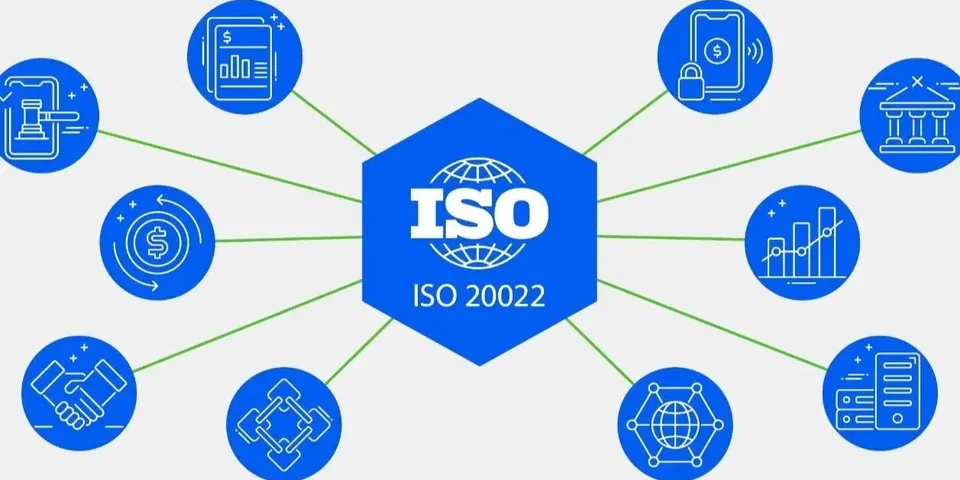CBL Targets Digital Finance Resilience by 2026
Libya’s CBL orders ISO 20022 upgrade after a two-day e-payments crash. Project cost LYD 600 m (US $120 m). CL = F ≈ US $81 keeps FX flows stable; yields tighten 50 bps as confidence returns to banks and digital transactions double by 2028.

Libya’s banking sector is rushing to restore confidence after a nationwide e-payments collapse halted transactions for two days in October. The Central Bank of Libya (CBL) has ordered a forensic audit of state processor Moamalat and accelerated its ISO 20022 migration timetable to mid-2026. The failure exposed fragmented switch networks, weak cloud redundancy, and outdated encryption standards.
Digital payments cover just 35 percent of Libya’s retail transactions, far below regional averages. To close the gap, CBL plans tiered capital requirements for payment service providers, mandatory off-site back-ups, and real-time fraud monitoring. System upgrades are budgeted at LYD 600 million (≈ US $120 m). Despite the shock, bank liquidity remains ample as Brent (CL = F) around US $81 sustains FX inflows; the dinar trades steady at 4.88 per USD.
Short-term costs will pressure margins, but the macro impact is constructive. Digitalisation reduces cash circulation and strengthens anti-money-laundering compliance. Twelve-month deposit yields have tightened 50 bps since operations resumed, signalling confidence return. CBL also plans a national QR-payment framework and biometric KYC standards by 2027.
If execution succeeds, transaction processing times could drop 60 percent and electronic payment penetration double to 70 percent within three years. Combined with a fintech sandbox now licensed for start-ups, Libya could transform from cash-dominant to digital-first by the end of the decade, aligning with broader MENA fintech convergence.





